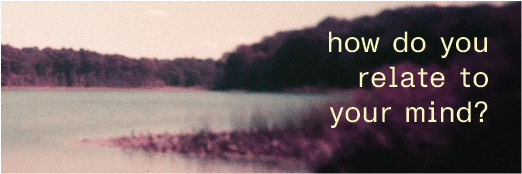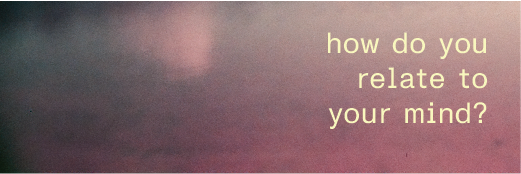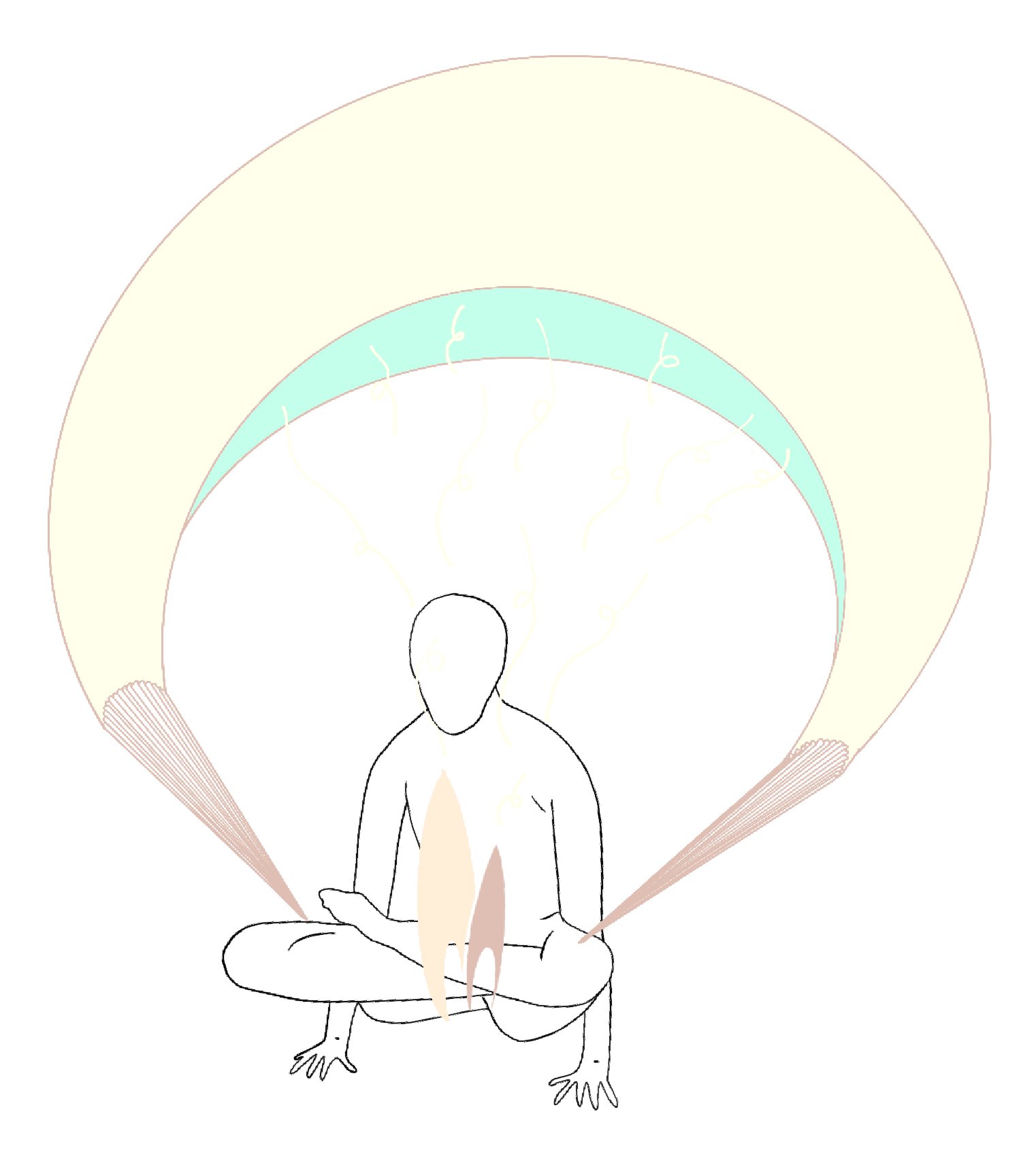practice
yoga isn’t religion: it is both science and art of personal freedom. this is a special kind of freedom and at the same time not special at all, it allows us to navigate our lives with increasing amounts of equanimity.
yoga stands, above all, on non-harming - in all its nuances. it is action from a loving space.
integrity, stability, humility, mutual respect, listening, reliability, consistency, compassion, acceptance. these are some of the principles that we stand by since the beginning of our journey; qualities that we want to embody possibly all the time, through infinite attempts and reiterations.
from these values we take practice - asanas or postures. we practice to purify, to heal and to reinforce our many bodies and our nervous system. when we are connected to our healthiest self it becomes easier to observe ourselves and thus transformation is possibile.
breath is the key. fundamental. knowing, amplifying and regulating one’s breath allows us to get in touch with the subtle blanket that envelop us.
︎yama

︎niyama

︎asana

︎pranayama

︎pratyahara

︎dharana

︎dhyana

︎samadhi

technology
the method/technology that constitutes the foundations for this practice consists of attention, it revolves and dances around it. attention is continuously harnessed inwardly allowing us to realize what we are made of and where our actions are emerging from.
it is from this place that we can evolve and transform in harmony with our own nature.
tristhana
is the foremost structuring rudiment of the aforementioned technology; three elements organize our way of directing attention while practicing: breath, bandha and drṣti. these are paramount to ashtanga yoga as we have learnt it from our teachers, their absence makes us open to all sorts of distractions. that’s why we want to deliberately and slowly develop our skills around this technique. posture is empty without tristhana.
tristhana is what makes this practice meditative, deep and transformative, it is a tangible means to create new pathways and patterns.
energy
ashtanga yoga is a practice dealing with mental energies through the body, breath, gaze and more. it is more important to know how to direct energy than how we actually perform postures. our personal practice revolves around the principle of emptying the posture and filling it with prana.
according to yoga and ayurveda there are 2 forms of foundational energy in us.is the foremost structuring rudiment of the aforementioned technology; three elements organize our way of directing attention while practicing: breath, bandha and drṣti. these are paramount to ashtanga yoga as we have learnt it from our teachers, their absence makes us open to all sorts of distractions. that’s why we want to deliberately and slowly develop our skills around this technique. posture is empty without tristhana.
tristhana is what makes this practice meditative, deep and transformative, it is a tangible means to create new pathways and patterns.
energy
ashtanga yoga is a practice dealing with mental energies through the body, breath, gaze and more. it is more important to know how to direct energy than how we actually perform postures. our personal practice revolves around the principle of emptying the posture and filling it with prana.
prana: inhale, assimilation, growth.
apana: exhale, elimination, grounding.
both are indispensable, we use them during practice and patiently attempt to bring them to a joyful and dynamic balance.
----
we advice you to approach yoga with an open and serene mind, but also with a sweet dose of determination.
yoga could be an opportunity to grow roots: to establish ourselves robustly in our own strength and softness and to get in touch with people/projects/realities that create the landscape surrounding us.
it is important to find one’s own dimension -in yoga, in physical practice, in life - while respecting others’ opinions and ideas. to find common grounds and not division. also in teaching. through yoga we get to know ourselves better and consequently our relationships improve. as we open up to our changing/transformative nature and as we realize the state of flux in which all things are, we become more loving and we’ll notice that differences won’t bother us that much.
yoga is relationship, as described by T.K.V Desikachar.
yoga could be an opportunity to grow roots: to establish ourselves robustly in our own strength and softness and to get in touch with people/projects/realities that create the landscape surrounding us.
it is important to find one’s own dimension -in yoga, in physical practice, in life - while respecting others’ opinions and ideas. to find common grounds and not division. also in teaching. through yoga we get to know ourselves better and consequently our relationships improve. as we open up to our changing/transformative nature and as we realize the state of flux in which all things are, we become more loving and we’ll notice that differences won’t bother us that much.
yoga is relationship, as described by T.K.V Desikachar.




